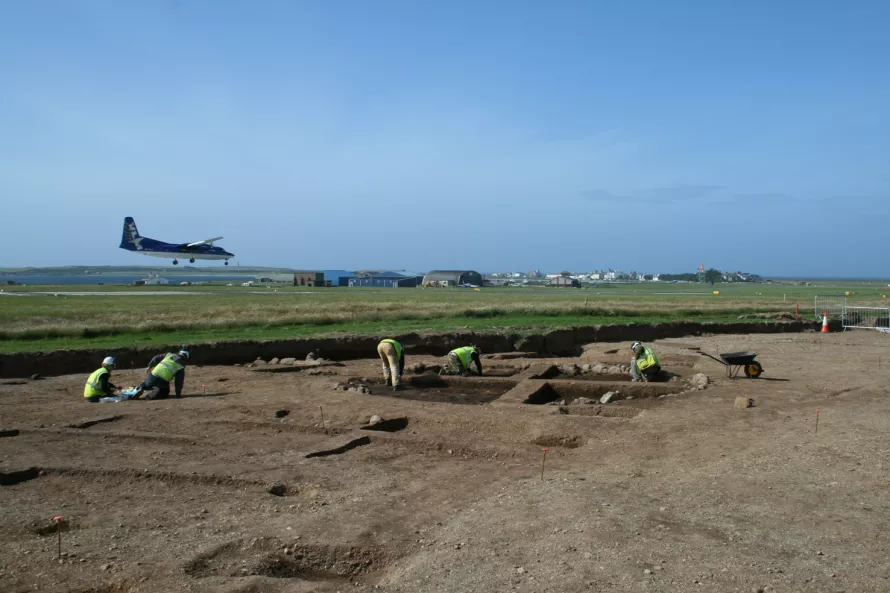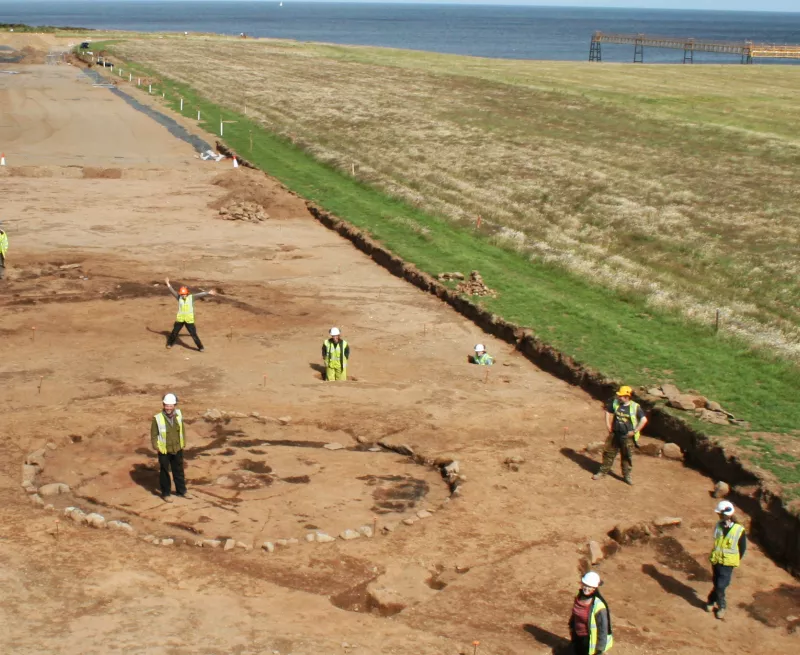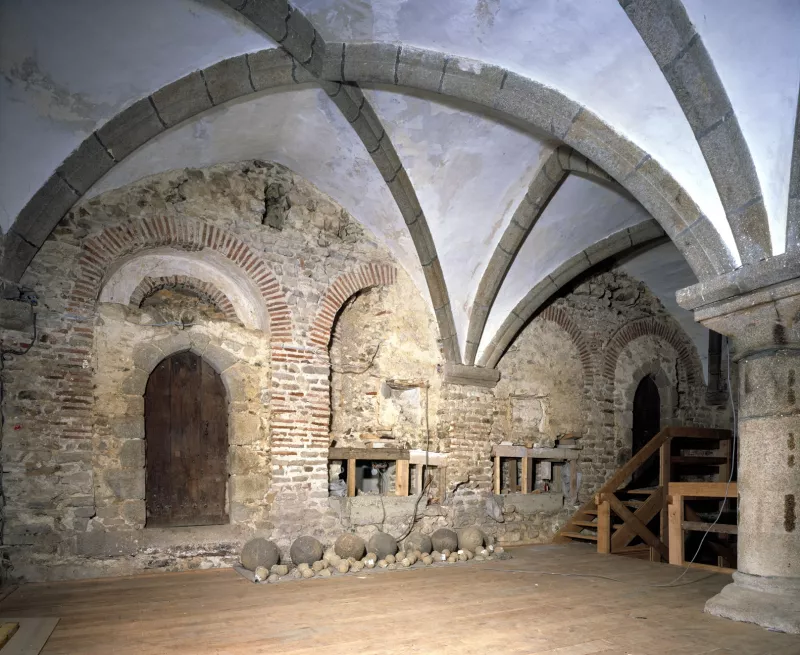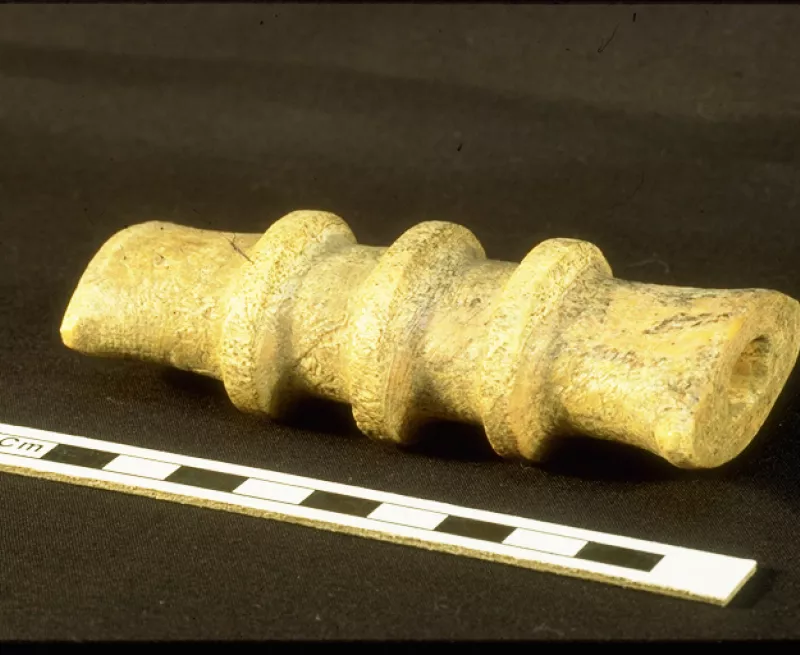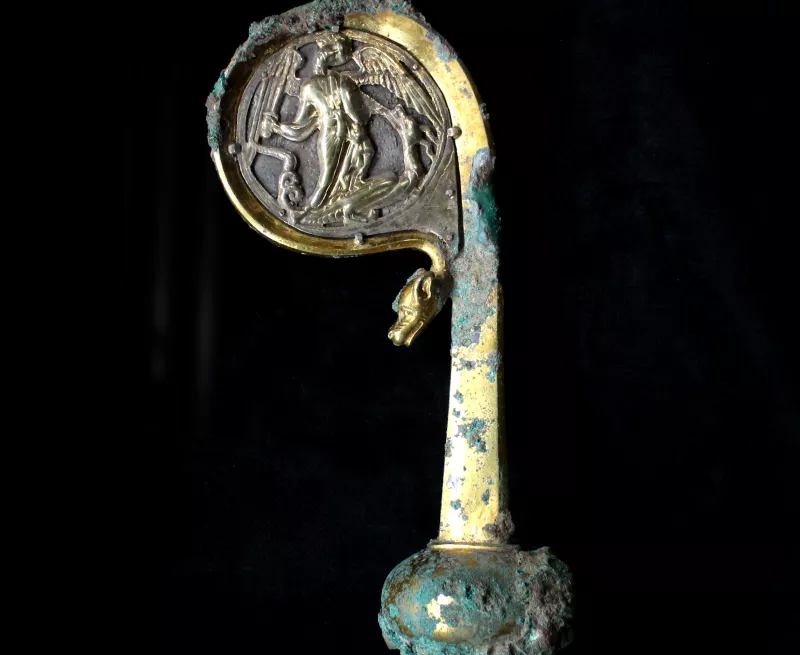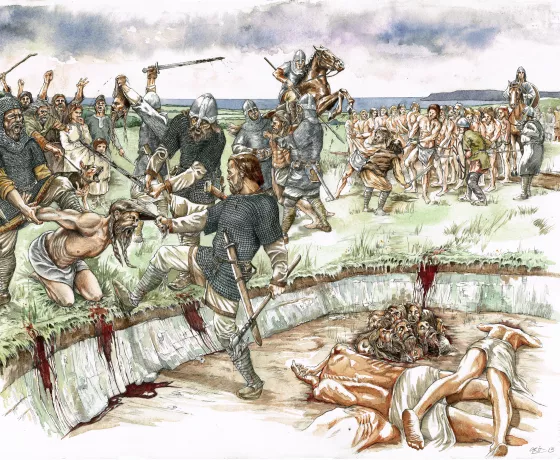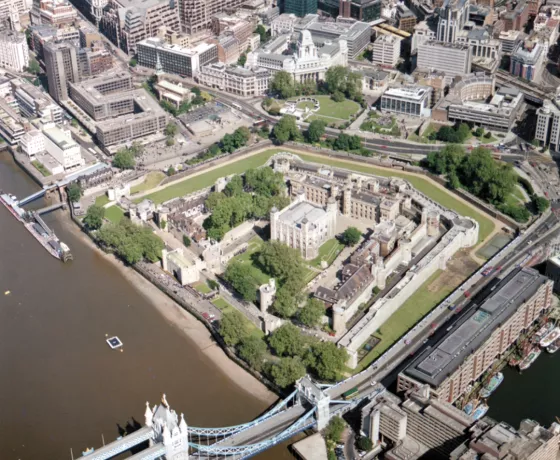"In 1994, OA's Cambridge office was excavating at Hinxton Hall ahead of construction of the new research facility that would lead Europe’s part in the race to crack the human genetic code. Evaluation had revealed a well-preserved early medieval settlement, which lasted from 6th to 13th centuries.
I was directing a team of 25 archaeologists and a handful of volunteers, I instructed a volunteer, the enthusiastic but inexperienced boyfriend of one of our staff, to dig an apparently unremarkable pit, the first proper feature he had ever tackled. In time-honoured fashion for volunteers on their 1st dig, the pit quickly started generating late Saxon finds. After 1 hour he was waving a bone object at me, the like of which I had never seen before. We marvelled at it, decided it was some kind of handle, went through the small finds procedures and carried on. I was not alone in not knowing what it was, even if it did seem potentially significant.
Later, our finds specialist, Ian Riddler, identified this as a walrus ivory sword grip, probably dating with known Scandinavian objects of the 9th century. Ian also confirmed that it was “the first example of a sword grip made from this material to have been found in this country”. Hooray we thought, but the story did not end there.
The following year Monty, our ex-detectorist, handyman, photographer and subsequently professional archaeologist, found a probable iron sword pommel in one of the boxes of ferrous finds from spoil heaps, that he had periodically detected during our excavations. It came from the spoil from a section adjacent to the sword grip pit. The archaeometallurgist Brian Gilmour confirmed that this was ‘the pommel of a sword of Pedersen type L’, a native Anglo-Saxon type dating to the mid-9th to later 10th century."
The lesson from this story is, as a beginner, you will always get the best finds on your first dig!

